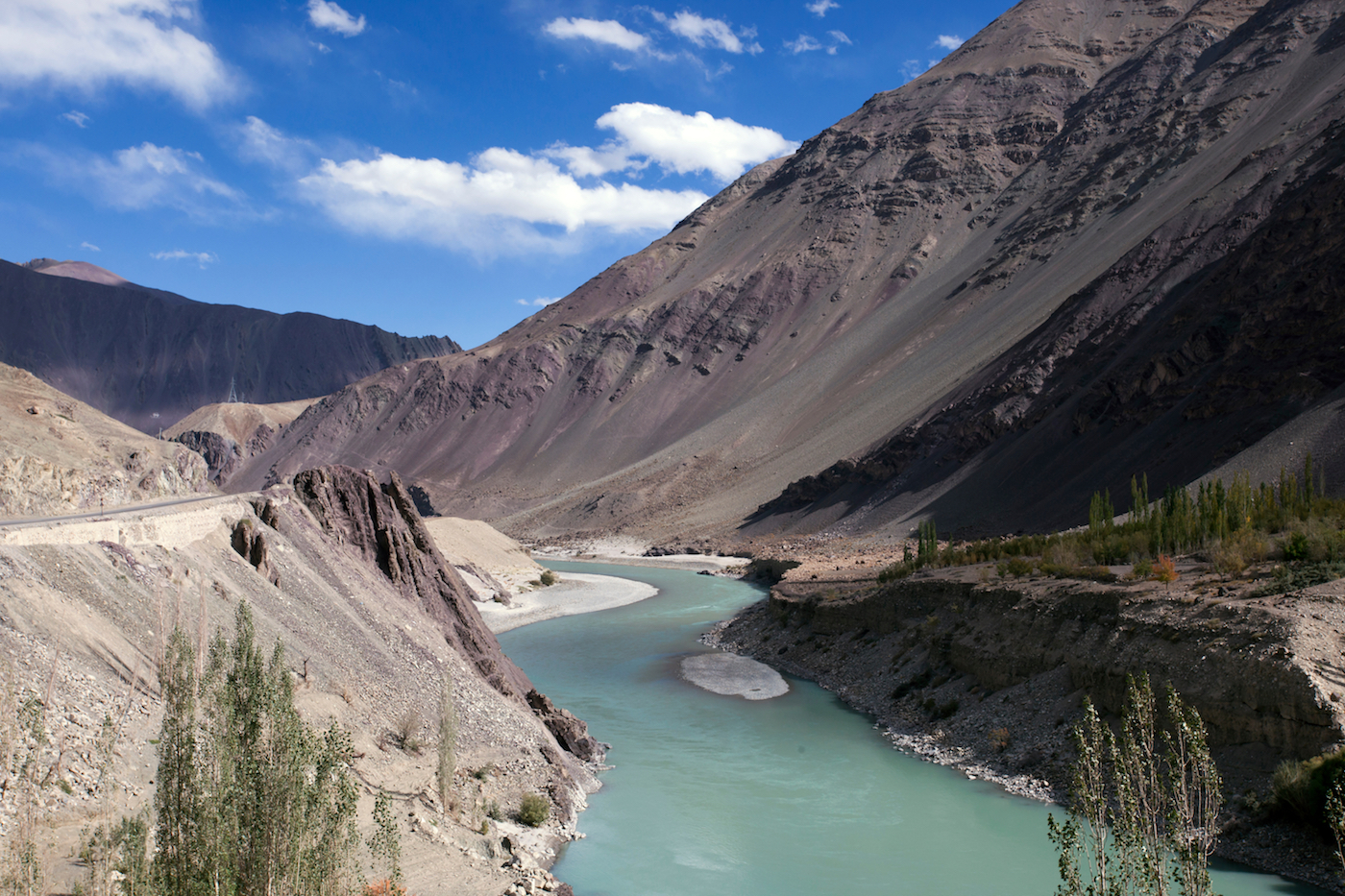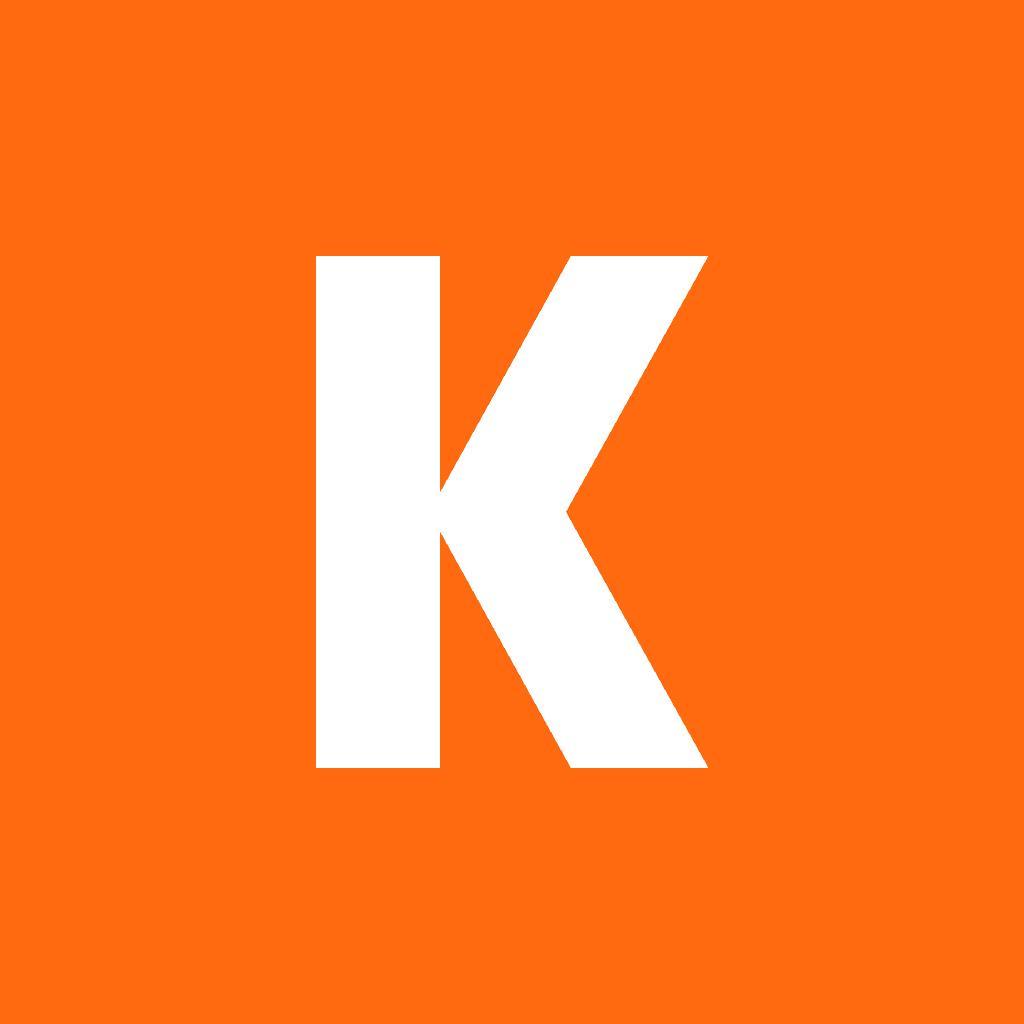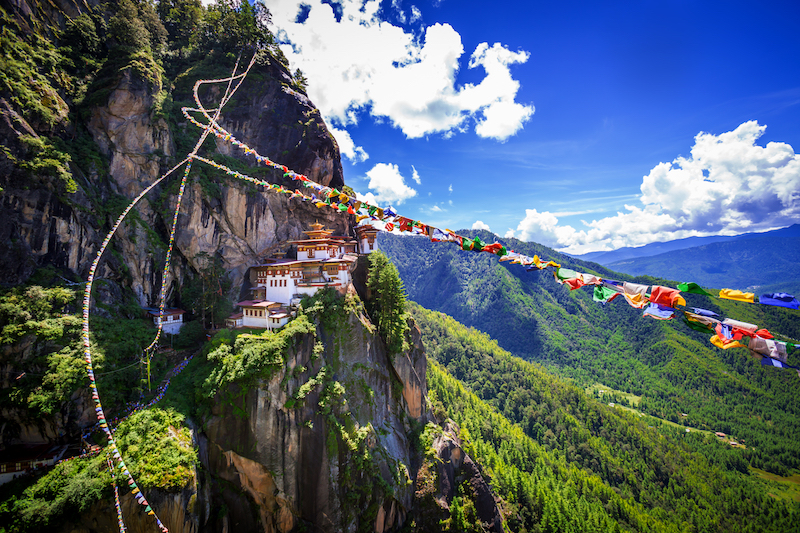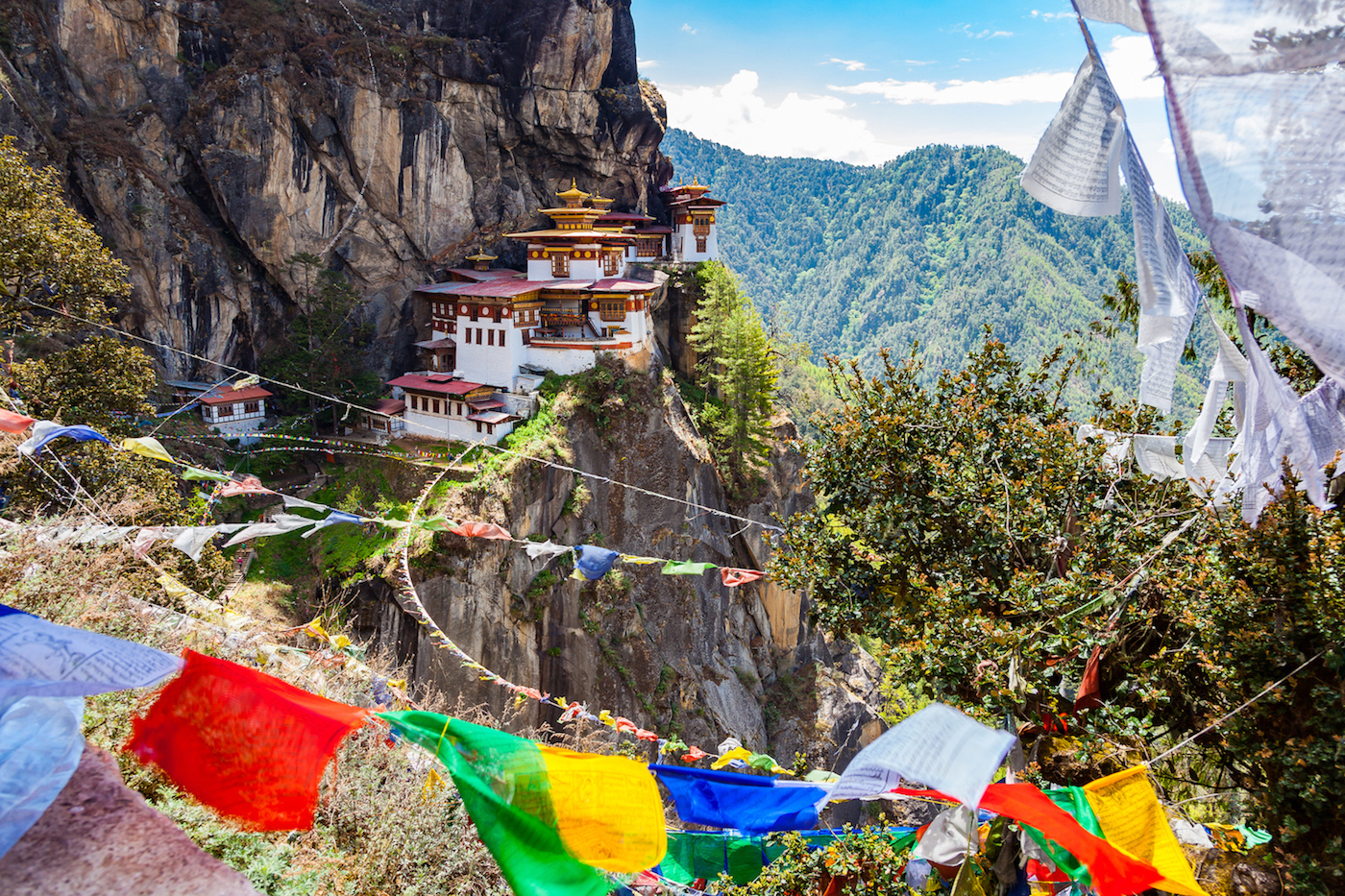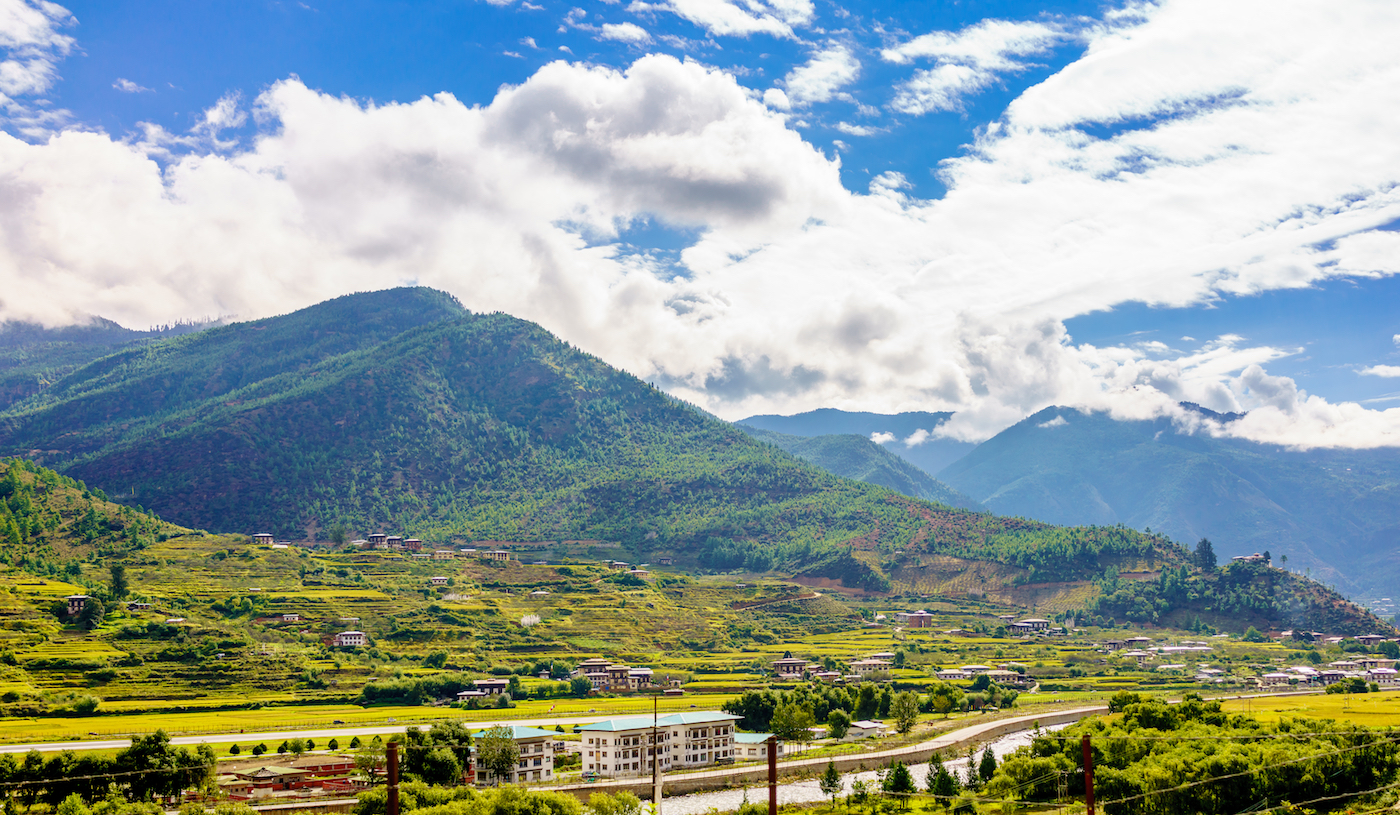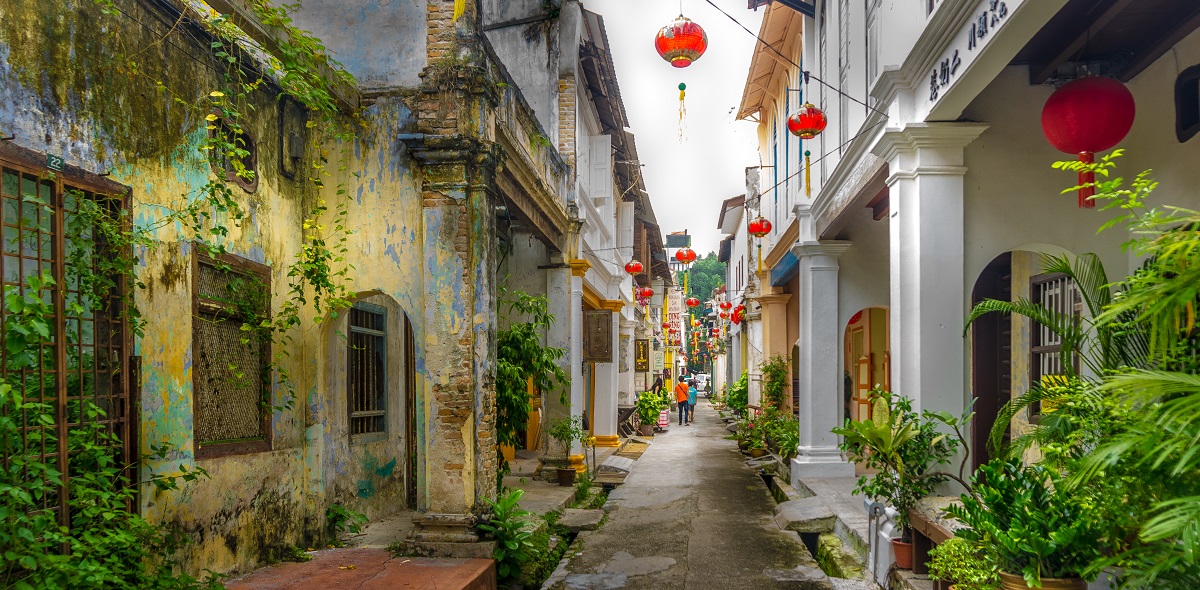Bhutan may not be the first destination on a traveller’s mind when planning for a holiday but if you’re sold on visiting Bhutan, here are real-life tips covering everything from language, currency, food, customs and dress codes. You can thank us later!
Find cheap flights to Bhutan* Find cheap hotels in Bhutan*
The Bhutan checklist you need to plan your epic Himalayan adventure.
1) Visas and flights to Bhutan
A common misconception about travelling to Bhutan is that visas are hard to get and extremely expensive, which isn’t the case. The visa itself only costs USD 40, and is issued as soon as you pay for your trip in full, through bank transfer (No credit card payments!). However, all travel arrangements have to be made through an approved Tour Agent, who will prepare the itinerary of your trip for you.
*The only exceptions to this rule are citizens of India, Maldives and Bangladesh, who can arrange their own flights, transport and accommodations without using a tour operator.
For our trip, we travelled with Breathe Bhutan, a boutique travel agent that is able to curate your tour depending on your interests and duration of stay.
2) Bhutan on a Budget? Not really.
Depending on the season, travellers will have to pay a daily tariff of about USD 200 – 250 daily in order to enter the country. This fee covers the basic food, accommodations, tour activities, entry fees to attractions and costs to hire a tour guide and driver for your entire stay.
During the low season (January, February, June, July, August, December) you’d have to pay $200 per day. In other months, the price rises to $250 per day. What’s more, this price only applies if you travel in groups of 3 or more. Couples will have to pay an extra $30 per person per day, and solo travellers, $40 per person per day.
Be prepared: like many remote countries, travel will not be cheap, however, the benefits far outweigh the costs of visiting this last Shangri-La. A 6-day, 5-night tour cost us each about SGD 3,000 (USD 2275) before extras like shopping, alcohol and tipping at the end of our trip.
3) How to get to Bhutan:
Your tour agent will usually book your flights for you on DrukAir or Bhutan Air. Depending on your dates of travel, daily international flights to Paro Airport in Bhutan will come via Bangkok, Kolkata, Gaya, Bagdogra, Dhaka, Guwahati, Mumbai, Gelephu, Kathmandu, Singapore and Delhi.
Tip: If you are flying into Bhutan, request for a window seat on the left of the plane, and when you’re flying out, request for one on the right for unparalleled views of the Himalayas from your seat. Try to avoid emergency aisle seats or those by the wing so your view isn’t blocked!
4) Currency in Bhutan: Cash is King.
Make sure you change your Ringgit into Bhutanese Nu (Ngultrum) before you leave Paro airport on arrival. If you have Indian Rupees, they will do too. Credit cards are slowly being accepted as a form of payment with a fee, but normally cash is the best means of transaction. You can withdraw cash from the local bank’s cash machine for a fee. Money changers in the towns were few and far between, and a couple of times, the ATMs didn’t work properly and we had to borrow some from our tour guide.
Tip #2: Keep/exchange some extra money to tip your guide and driver.
Tipping is usually expected in Bhutan, especially by your guide and driver at the end of the tour. Whether or not you decide to tip is up to you. If you do give tips, present them in an envelope as this is a normal practice.
Hotel and restaurants usually include service charges of up to 20%, so there is no need for additional tipping unless you want to.
Usual tips for cultural tours:
Drivers: USD 5+ per day per guest, depending on their performance
Guides : USD 10+ per day per guest, depending on their performance
For trekking trips:
Cook: USD 7+ per day per guest, depending on his/her performance
Porters and other trekking staff: USD 5 per porter per day
5) Food in Bhutan
Cheese and chilli everywhere.
Food in Bhutan is spicy, and I mean SPICY. If you normally like your food with a bit of kick, you’re in luck, if not… good luck. Emadatse is the national dish of Bhutan, consisting of dried red or green chillies in a cheesy sauce. There are of course non-spicy options and at some restaurants they served items modified to a foreign palate. Red and white rice as well as noodles are usually served with every meal.
Food in Bhutan is also amazingly fresh, with many of the restaurants serving their dishes farm-to-table. Fresh vegetables and fruit are readily available, and I’d never seen a head of broccoli so green. There were even ripe avocados served for breakfast, grown in one of the farm lodges we stayed in.
If you get the chance, stop by a café and ask for a cup of butter tea, usually made with tea leaves, butter and salt. It’s an interesting taste which some may find strange, but if you think of it as a soup while you savour it, you will enjoy this salty, oily beverage.
6) Data Coverage and Wi-Fi in Bhutan
If you hate being off the grid, you can easily get a SIM card at any of the general stores in Bhutan. Data plans are reasonable and your guide will be able to get that sorted for you easily. I don’t believe we paid more than 15 USD for the week for 2.5GB, which was more than enough. Wi-Fi is also readily available at most hotels and accommodations.
7) Language in Bhutan
Although Dzongkha is the National Language of Bhutan, all Bhutanese schoolchildren learn English, which makes it very easy to get around.
Here are some basic phrases you can use to get around and speak with the locals:
- Hello – Kuzu-zangpo La
- Goodbye – Tashi deley
- Thank you – Kadriche,
- Yes – Ing/Las/Ong
- No – Mae/Men
- How are you? – Choe ga de be yo?,
- What’s your name? – Cho ge ming gaci mo?
- My name is – Nge ge meng … ing
8) Bring along sunscreen, lip balm, sunglasses
Due to the dry, cold and windy air at higher altitudes, our lips got burned easily as we were outdoors most of the time. Even with frequent applications of lip balm, none of our pouts were unscathed. PILE IT ON. That goes the same for moisturiser and sunscreen and a versatile pair of sunnies. The sun is extremely bright, after all, Bhutan is much closer to the heavens, and the sun.
9) Dress Modestly
NO SLEEVELESS, NO SHORT SHORTS, NO CLEAVAGE, NO THONGS.
Bhutan is a modest, religious, Buddhist country and most of its citizens are dressed in the traditional gho, or its female equivalent kira, which is their national dress of Bhutan and consists of layers of fabric covering their body. Only men can expose their knees and lower legs.
That being said, try to wear light layers that you and add on or take off depending on the climate and time of day. If you are going to be visiting temples, arms and legs must be covered appropriately and for ladies, nothing exposed too low below the neck. Footwear is also important, especially if you will be on the road/trekking most of the time. 2 pairs of running shoes were just fine. One for heavy duty use, and one for daily tour activities.
For a more comprehensive guide to what to pack for Bhutan, check back soon as we’ll be posting a more detailed article dedicated to the topic.
10) Photography: Bhutan = Instagram worthy
If you’re planning on going to Bhutan, chances are that the country’s magnificent scenery and landscape are a big part of your motivation, and you’d be right. Bring a good phone camera AND small professional camera, if you can, as there will be plenty of opportunities to capture amazing shots both of nature as well as traditional architecture. If you are travelling solo, bring a selfie stick or tripod – I guarantee you will be using it. Other times, our amazing tour guide did help us take some great shots.
The outside of temples is OK to be photographed, but make sure not to snap any pictures after you’ve entered, as this is considered extremely disrespectful. We also took many photos of Bhutanese street fashion, but be sure to ask your subjects first (they may also strike a great pose for you!).
Find cheap flights to Bhutan* Find cheap hotels in Bhutan*
Did you miss my travelogue? Catch up on my adventures: part 1 and part 2!
*Note: These rates are based on search queries made on kayak.com.my on 8 August 2018. The prices are quoted in MYR. Flight prices are based on results for a return economy flight search. Hotel prices are for double occupancy and include taxes and fees. Prices are subject to change, may vary, or no longer be available.
